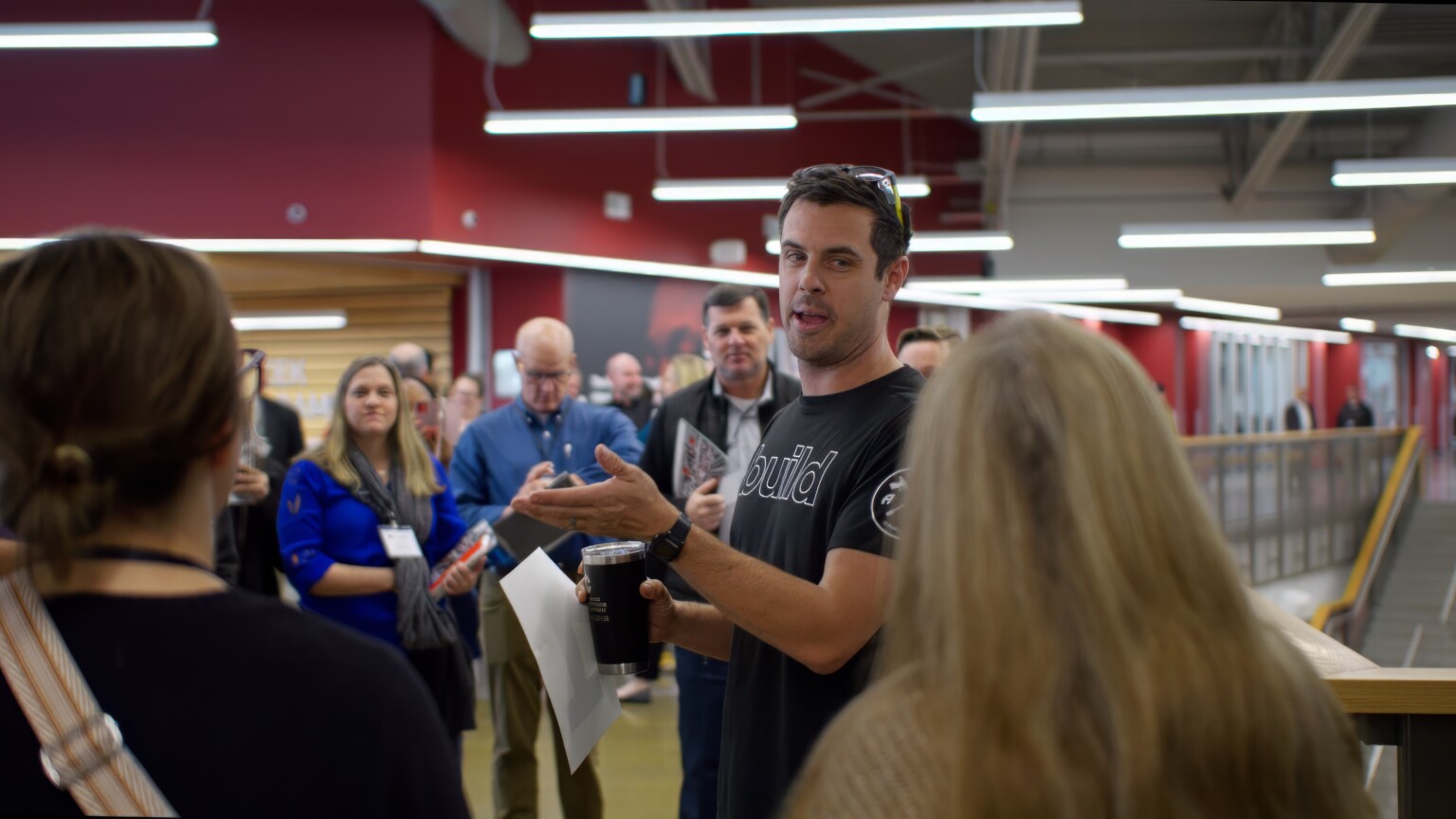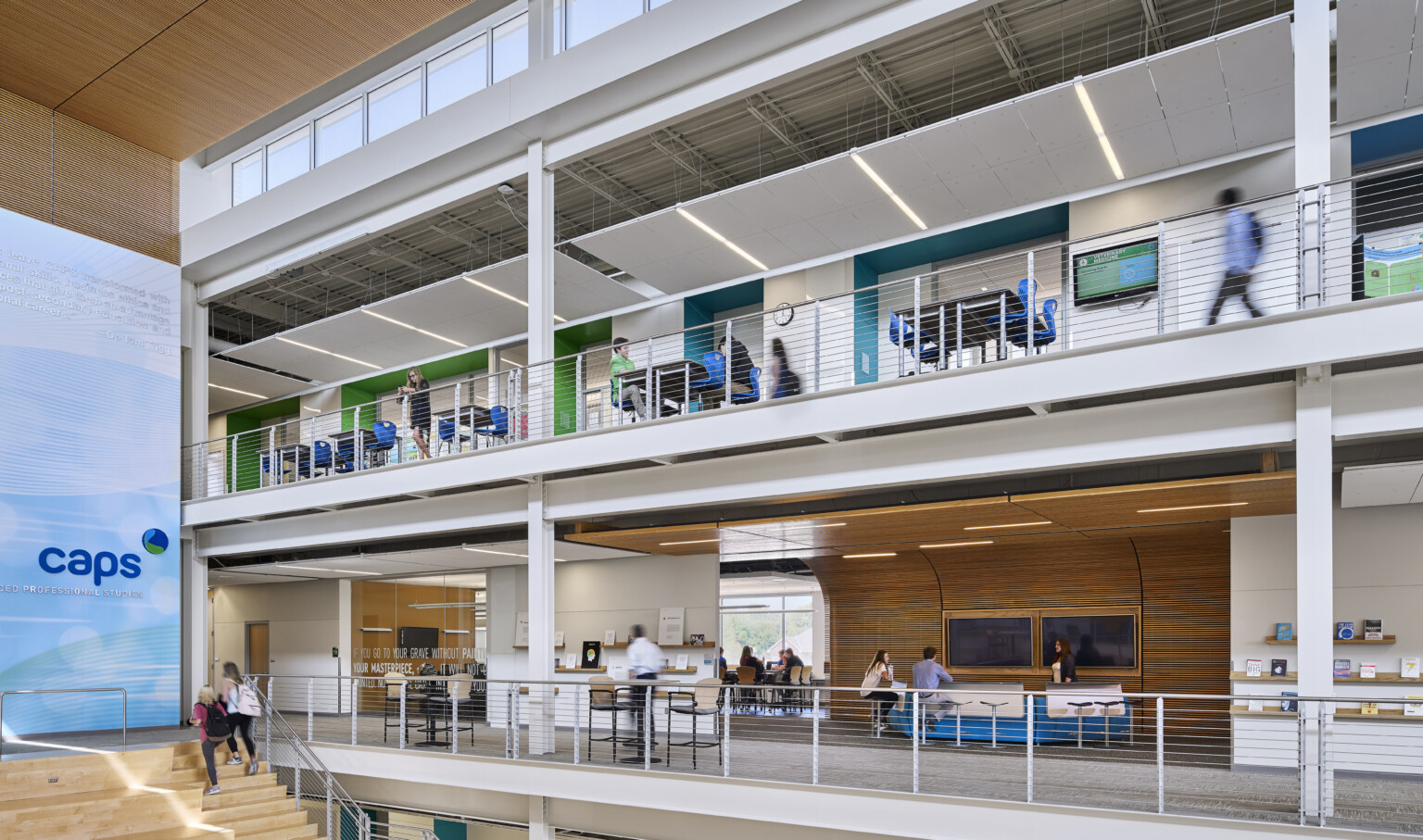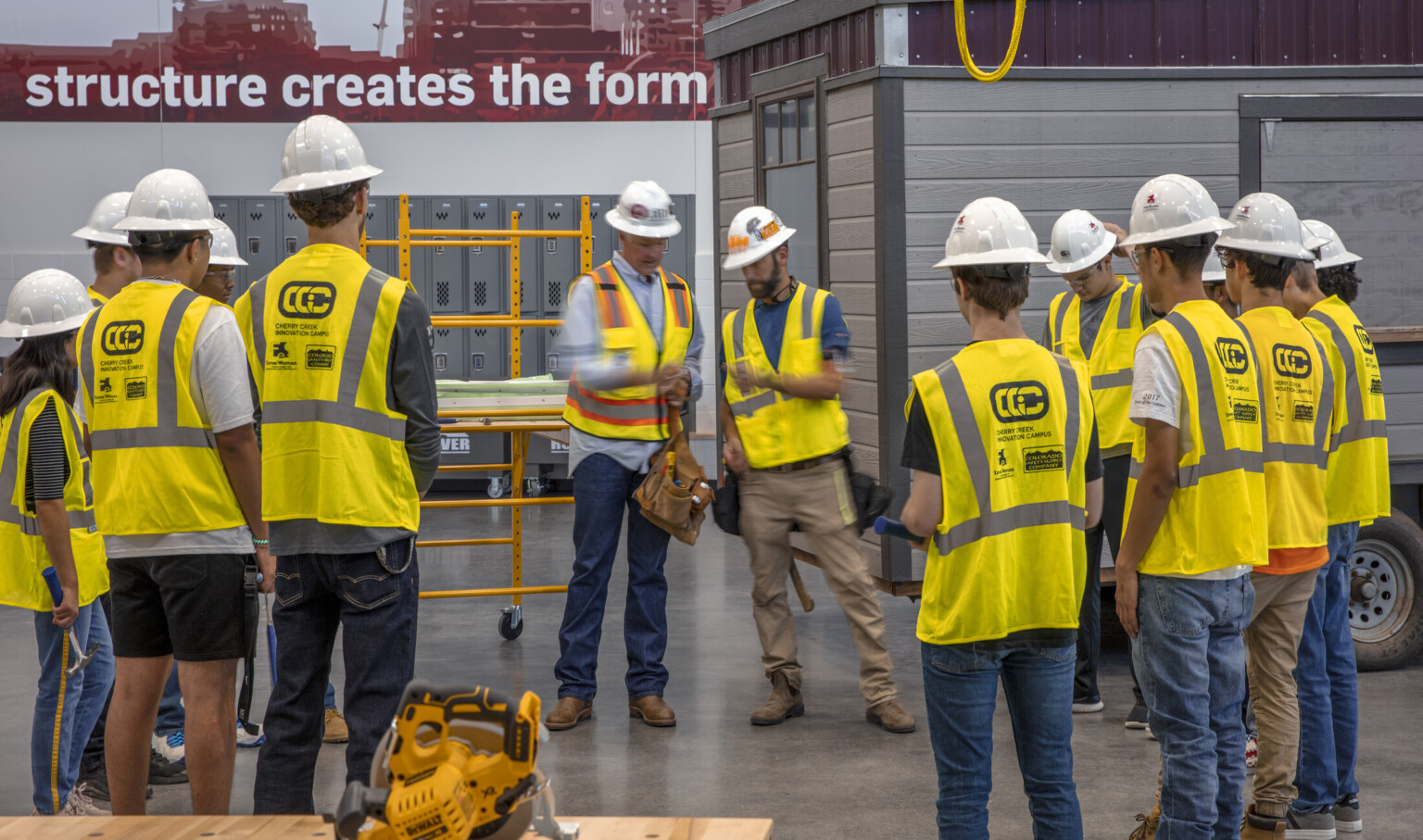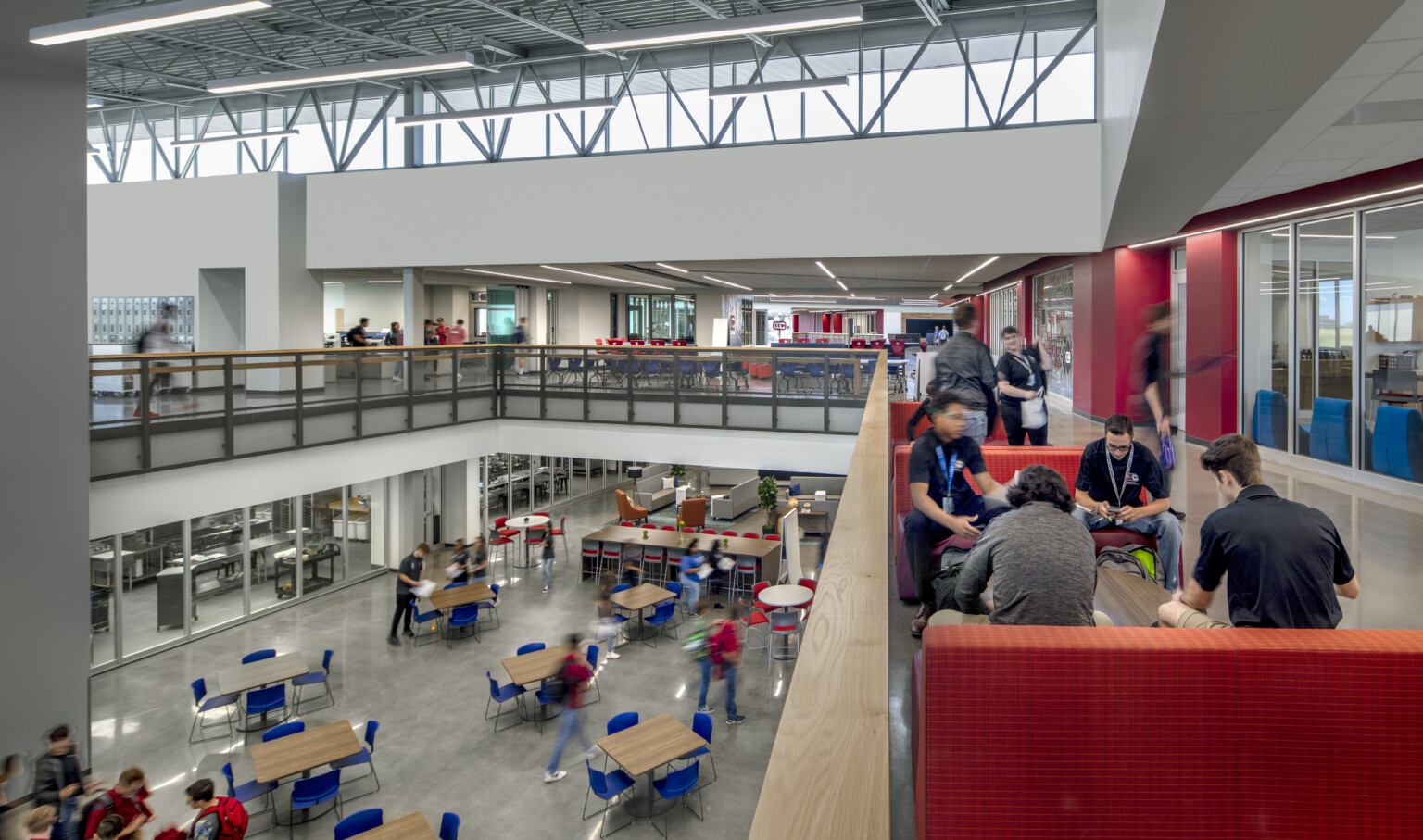
We were thrilled to bring together the nation’s top thought leaders in CTE for the A4LE CTE Symposium. Our students and educators will be the benefactors of what was learned in Denver.


We were thrilled to bring together the nation’s top thought leaders in CTE for the A4LE CTE Symposium. Our students and educators will be the benefactors of what was learned in Denver.
The narrative surrounding CTE is changing. Just as industry innovates, so does education and curriculum. The CTE facilities we toured were filled with various career pathways. Students were seen studying pharmaceutical science, aerospace engineering, culinary arts, and construction management, to name a few – a more diverse curriculum than what comes to mind when we think of traditional CTE offerings.

This exposure to multiple career pathways serves students in several ways. With a variety of career pathways, CTE facilities can better simulate real-world experiences of how collaborative work occurs. We work with a diverse group of people with diverse jobs. How we prepare students should mirror this. In addition, career changes happen in life. CTE facilities that allow for students to explore different career pathways better prepare them for the working world they’ll experience.
Exemplary CTE facilities also allow for learning to be on-demand and for students to “window shop” the programs offered. A lot of times students may not know that higher education is achievable, or a certain type of career is obtainable until they see it in front of them. Providing equity and access through a scaffolded, or incremental approach to these career paths can be life changing for students.
The relationship that CTE centers and school districts share with industry partners in their communities is important. Inviting these business partners to be a part of the curriculum and instruction creates programming that is tailormade and prepares students for the real-world experiences they’ll face in their careers or higher education.

Involving partners in curriculum building creates a mutually beneficial relationship. As school districts and CTE centers can leverage more relevant programming, industry partners can better prepare their future workforce with the skillsets that are most relevant to industry. This also leads to tangible experiences outside the classroom, as well. It’s a valuable recruiting tool for companies to find future talent, and in many cases existing talent, while also providing a service to their community.
Industry partners can make CTE programming more affordable. The industry partners we see working with our CTE clients understand that investing financially in these facilities only strengthens the talent pipeline they’ll see in the future. They also serve as knowledgeable consultants when it comes to selecting equipment and machinery that outfit the educational spaces.
One of the key components of CTE is the ability to learn by doing. As designers, we need to meet this standard by providing architecture that enables. Spaces should provide instructors with the agency and the flexibility to provide tangible and relevant workplace scenarios for the students to experience. The more the building reflects and emulates the workplace and higher education scenarios students will face, the more effective the facility will serve as a vehicle for CTE.
This challenges us to think outside of the traditional school model, which goes beyond the physical structure of the building. The educational facility must be equitable in the community and functional and accessible during non-traditional school hours. Not all occupations operate on a 9-5 basis, nor do all higher education programs. The facility and programming at centers for CTE should be designed with this in mind.
Consideration for the safety and well-being of the occupants of our facilities is always paramount, but it goes a step further in CTE facilities. Often there is equipment that is outside the scope of a traditional educational facility. The care and attention to detail project teams take to work with industry partners and instructors to make sure equipment is installed and operated safely is extremely important to us.

Is your school district ready to bring future-focused career and technical learning opportunities to its students?
